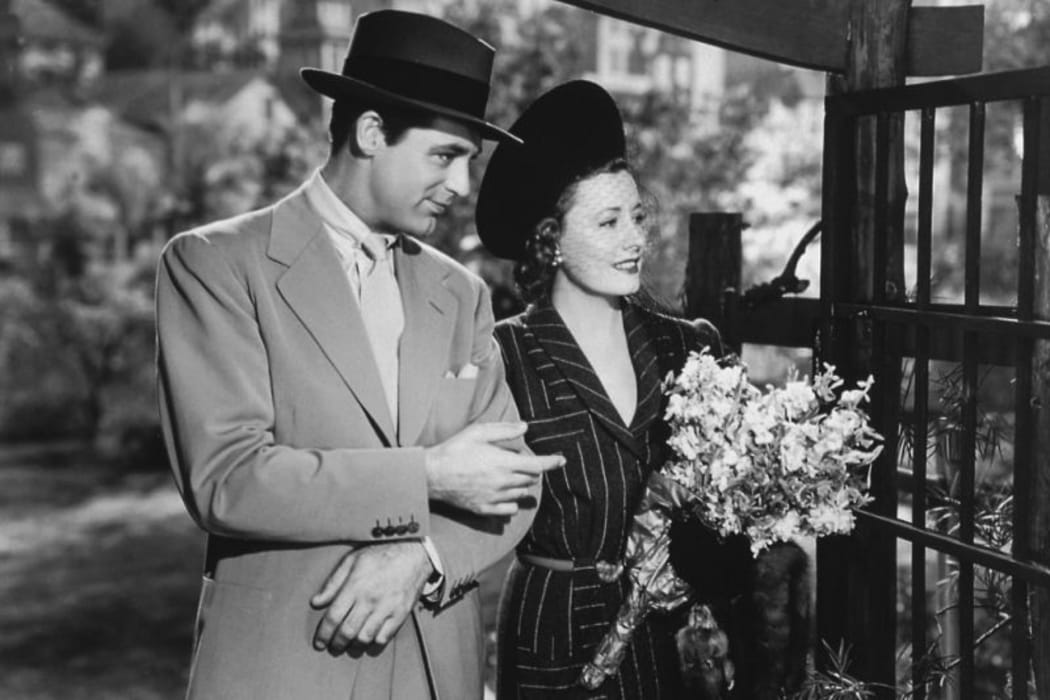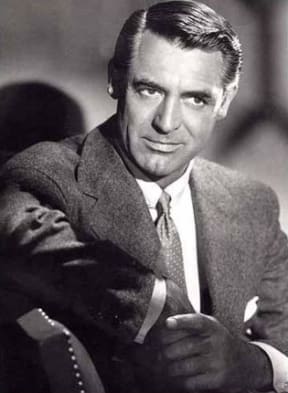In our current age of internet celebrity (where full disclosure seems to be the default position) it's interesting to look back to the early years of Hollywood.
Actors of the golden age - Greta Garbo, Humphrey Bogart, Bette Davis and Marilyn Monroe - were alluring partly because we seemed to know so little about them, and none more so than the former Bristol acrobat turned acting legend Cary Grant.

Cary Grant and Irene Dunne in Penny Serenade. Photo: Wikicommons
From the 1930s to the 1960s no-one was more suave, more debonair, more witty and more unknowable.
Now a TV documentary claims to have a found a key into the enigmatic Mr Grant’s life in the form of an autobiography based on a series of interviews he did in the 1950s.
The material was in the public domain but had not been fully mined for its insights into Grant’s life, says Mark Kidel, the director of Becoming Cary Grant.
“It wasn’t like we found it in the bottom of a trunk, it was in the public domain. Although his fifth wife claimed not to know about it, bits of it had been used in an earlier documentary.”
Kidel’s film just premiered at this year's Cannes Film Festival.
“The South of France is where Cary Grant went repeatedly in the late 1930s, he really loved the Riviera and it was one of the reasons he came out of retirement to do To Catch a Thief. When Hitchcock approached him it was partly the lure of the Cote D’Azur.”

Cary Grant Photo: Wikicommons
Grant, who has been called the greatest screen actor ever, was also the first 'method' actor a decade before the Lee Strasberg generation emerged, Kidel says.
“That’s very different from being the greatest star. He was such an extraordinarily intelligent actor.
“There’s a knowingness to his charm, it’s as if he’s deconstructing what he does all the time.”
Grant was famously at ease on camera.
“People say that he learnt that doing vaudeville or comedy on Broadway. He was often the straight man in comedy routines, the straight man is the one that does as little as possible and had a lot of charm.”
Grant's earlier life as an acrobat, or tumbler, taught him how to use his body to best effect.
“This is where he learned this extraordinary use of his body, he was a consummate physical performer. You can see it in all the movies, the way he uses his face, the way he uses his arms, his head. He had fantastic natural control of his body - it’s humorous, light and endlessly dynamic.”
As a teenager in Bristol, Grant became entranced with the theatre.
“I think he was just taken by the atmosphere of make-believe, of freedom. This was completely the opposite to the lower middle-class life in suburban Bristol - these are kind of wild people.”
When he was 17, he left for the United States and never came back.
Kidel says he cultivated a kind of trans-Atlantic ambiguity.
“You’re not quite sure where you are with him."
Persistent rumours that Grant was gay have never been substantiated and he married five times.
“He certainly enjoyed women enormously and there were strings of woman at every opportunity when he was married, and when he wasn’t married. He was someone who was chased by women the whole time.
“I don’t think he was a closet homosexual.”
Business-wise, Grant was a pioneer in Hollywood, not renewing his contract with a major studio when it expired.
He worked as an independent, negotiating on film-by-film basis, and would often be paid a good chunk of the gross.
In 1955, To Catch a Thief earned him $700,000.
“He became a millionaire much faster than any other actor in Hollywood at that time.”
But Grant’s life was also troubled - he was a devotee of psychotherapy and used LSD therapeutically, even claiming that the drug had saved his life.
Becoming Cary Grant screens on Sky Arts on Thursday 15 June.

